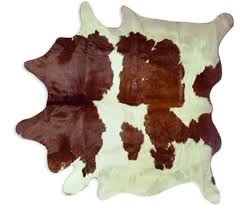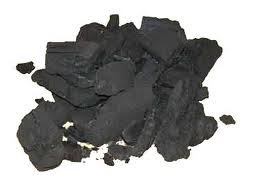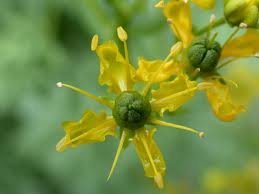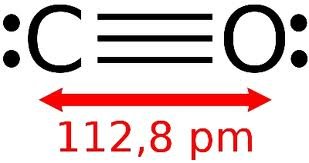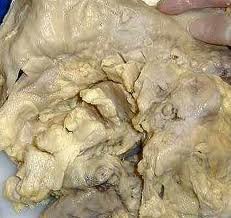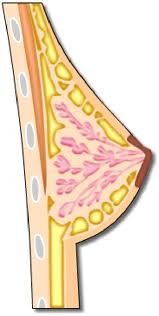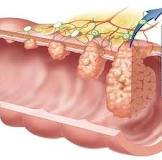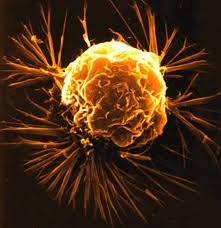Showing 532–540 of 1908 results
-
Carbo animalis
Animal Charcoal
Seems to be especially adapted to scrofulous and venous constitutions, old people, and after debilitating disease, with feeble circulation and lowered vitality. Glands are indurated, veins distended, skin blue. Stitch remaining after pleurisy. Easily strained from lifting. Weakness of nursing women. Ulceration and decomposition. All its secretions are offensive. Causes local congestions without heat.
-
Carbo vegetabilis
Vegetable Charcoal
Disintegration and imperfect oxidation is the keynote of this remedy. The typical Carbo patient is sluggish, fat and lazy and has a tendency to chronicity in his complaints. Blood seems to stagnate in the capillaries, causing blueness, coldness, and ecchymosis. Body becomes blue, icy-cold. Bacteria find a rich soil in the nearly lifeless stream and sepsis and typhoidal state ensues.
-
Carboneum hydrogenisatum
Carburetted Hydrogen
Symptoms resemble an apopletic attack. Spasm as in lockjaw. Trismus. Involuntary stools and urine.
-
Carboneum oxygenisatium
Carbonous Oxide
Herpes zoster, pemphigus, and trismus are produced by this drug. Coldness, sleepiness, loss of consciousness are marked. Vertigo.
-
Carboneum sulphuratum
Alcohol Sulphuris-Bisulphide of Carbon
This drug has a deep and disorganizing action and an immense range of action judging from the symptomatology. Very useful in patients broken down by abuse of alcohol. Sensitive patients worse cold, wasted muscles, and skin and mucous membranes anæsthetic. Special affinity for eyes. Chronic rheumatism, sensitive and cold. Lack of vital heat. Diarrhœa every four to six weeks. Paralysis with intense congestion of nerve centers. Tabes. Sensory difficulties in limbs.
-
-
Carcinosin
A nosode from Carcinoma
(CARCINOSIN)It is claimed the Carcinosin acts favorably and modifies all cases in which either a history of carcinoma can be elicited, or symptoms of the disease itself exist (J. H. Clarke, M. D).
